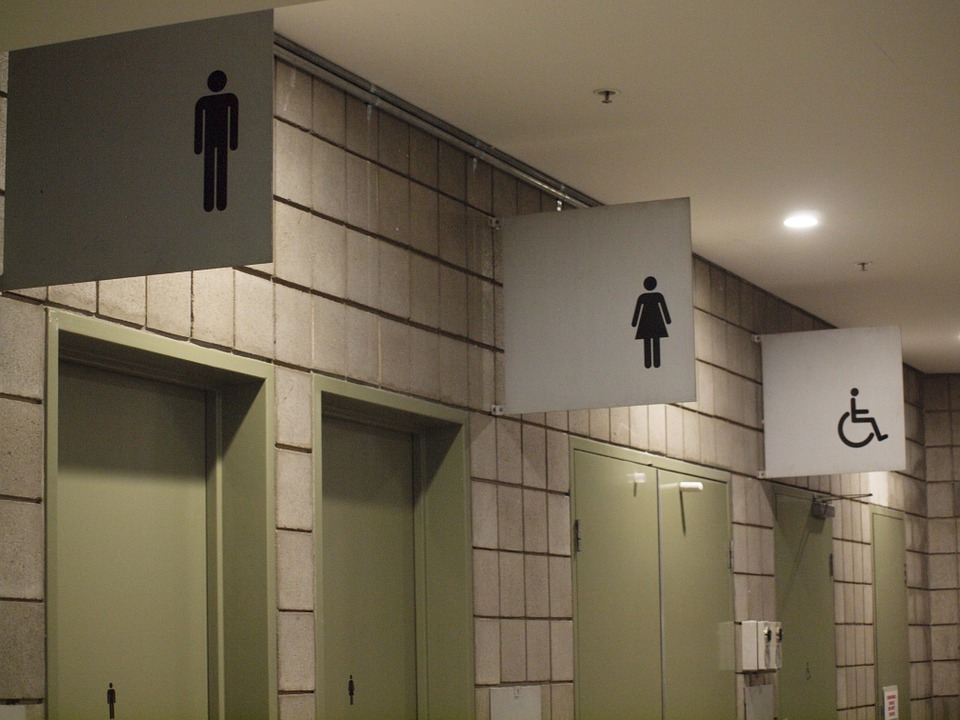From the “why” stage of toddlerhood to Socratic questioning, from scientific inquiry to question-based religious traditions, questions play an important role in our understanding of the world. Some believe that no questions should be off-limits in a free society, but that idea has recently received significant push-back.
Take, for example, the February 15 open letters criticizing The New York Times for its coverage of trans issues. One letter, co-signed by numerous LGBTQ advocacy groups and public figures, calls out NYT for “just asking questions” about trans healthcare in a way that has negative real-world consequences. Note the scare quotes around the accusing phrase, which suggest that the questioning is irresponsible, misleading, or inauthentic.
The charge of “just asking questions” does not primarily concern the legal status of these questions or their protection under the First Amendment. The issue is, rather, a moral one. Are some lines of questioning irresponsible — even immoral? And what makes them so? (I’ll assume those two questions are permitted.) Let’s start with a brief discussion of how one might defend inquiry without limits, and where that defense might go wrong.
The defense of no-limits questioning might go broadly like this:
Statements make claims about the world, so they are the sort of things that can be right or wrong. But questions don’t make any claims; they’re just requests for information. So, asking a question is never wrong. In fact, asking questions is the way to learn more about the world.
There are at least two problems with this reasoning. The first problem is that, while questions technically don’t make claims, they do affirm claims in a subtler way through the assumptions embedded in them. In philosophy of language, these assumptions are called presuppositions, many of which are innocuous. For example, “What classes are you taking this fall?” presupposes that the person you’re asking is taking classes this fall. In many contexts, that claim is harmless enough.
Other presuppositions are not so innocent. Consider the following question: “When we measure human intelligence, which race comes out as genetically superior?” This question, researched numerous times in recent decades, makes a number of dubious assumptions, including that human intelligence can be measured by our tools, that our tools measure it accurately, and that intelligence has a genetic basis. Sure, a question cannot be false. But it can presuppose claims that are dubious or outright false.
Asking a question in a certain context also has implications beyond the claims it presupposes. One important implication is made whenever a question is posed non-rhetorically in a public forum: the implication that the question is an open question.
An open question is one whose answer has not been definitively settled. “Have you eaten yogurt today?” is probably not an open question for you. You know what the answer is, and outside of a philosophy class you don’t have much reason to doubt that answer. Similarly, “Is the earth flat?” is not an open question. The answer has been known for millennia.
So, when a column in The New York Times asks, “Could some of the teenagers coming out as trans today be different from the adults who transitioned in previous generations?”, that wording implies that these differences might be significant — significant enough to potentially overrule decades of well-established and evidence-based medical practices. The article does mention the precedent for positive outcomes with respect to these practices, but in a way that invites speculation that the precedent no longer applies — crucially, without providing support for why these differences would be significant enough to undermine the precedent. Asking a question can thus be irresponsible, when it relies on false or dubious presuppositions or when it treats a question as open without — or in opposition to — evidence.
There’s another problem with the defense of no-limits questioning above: the argument equivocates on “right” and “wrong.” A question itself cannot be false the way a statement can (though, of course, its presuppositions can be false), but that doesn’t settle the issue of whether or not asking a question can be wrong morally. Let’s briefly consider two moral issues: asking a question in bad faith and asking a question with harmful consequences.
Asking a question in bad faith means asking inauthentically — without a willingness to accept the answer, with a purpose to obscure the truth, or without a desire to learn.
One example might be someone in a class who plays devil’s advocate, asking questions that are purposely contrary simply because they enjoy challenging others’ ideas. This behavior, beyond being personally frustrating, can also inhibit learning. When someone takes up time asking fruitless questions, they leave less time for honest inquiry.
In some cases of bad-faith inquiry, the questioner is simply not interested in the answer at all. Consider a recent video (released on Twitter) in which former President Trump asks a House committee to investigate specific questions regarding the possibility of interference in the 2016 presidential election. As Washington Post analyst Philip Bump points out, these questions have already been answered in federal investigations. But finding out the answers isn’t the point. The rhetorical effect of garnering support is achieved just by asking them.
Beyond the issue of authenticity, asking questions irresponsibly can have harmful consequences. Some of those consequences occur on a personal level. For example, when people from privileged social groups ask people from marginalized social groups to explain the history of their oppression, that can unjustly burden them. Regardless of the intent behind asking these questions, marginalized people can end up doing extra educational and emotional work to make up for others’ poor education.
Some questions, such as those asked in major news outlets, have far-reaching effects. As GLAAD (co-author of one of the open letters mentioned at the start of this article) notes, multiple New York Times articles have been directly cited in defense of a law criminalizing providing gender-affirming care to minors in Alabama. Put simply, the questions asked in public venues make a difference in the world, and not always for good.
These considerations make it clear that questions are subject to both factual and moral evaluation. Faulty presuppositions, bad-faith motives, and harmful consequences can all contribute to making a question problematic. “Just asking questions” isn’t always an innocent enterprise.



